Spain may be a sightseer’s Shangri-La, but is still ranked only in second place as a global travel destination, justly or unjustly. The top spot belongs to France, and France is now my next-door neighbor. A Madrid-Paris flight takes about as long and costs about as much as a San Francisco-Phoenix flight I might have booked before moving to Europe.
I had spurred myself through the darkest pandemic months with promises of future travel, didn’t want to renege on those promises now that many Covid travel restrictions have lifted. And I didn’t want to travel behind a steering wheel. My nearly six years in a real transit city have spoiled me. I associate driving with worry, stress, inconvenience. France was reputed to host an excellent transit grid. Why not see for myself?
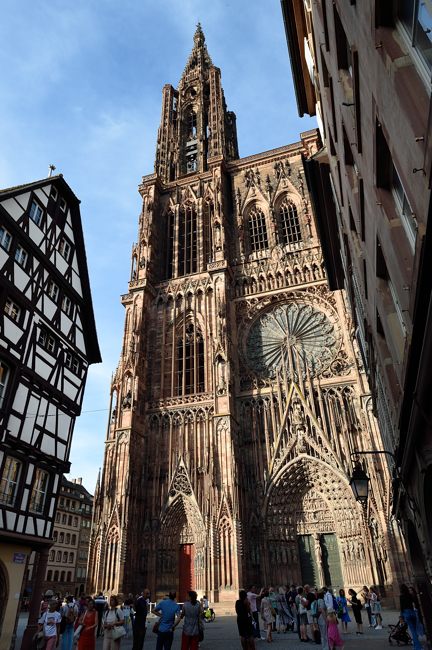
So: I have chalked up five short tourist trips to L’Hexagone in 2022, all without car keys. Sites like Seat61 and Wikivoyage introduce the basics of France transit travel, but I think I have something to share, too.
FRANCE INTERCITY RAIL TRAVEL: THE GOOD
France hosts a dense national rail network, with excellent transit connectivity between tourist meccas. My car-free trips to Chambord castle and Èze Village were as tough as some transit trips in California, but the national and local network got me handily everywhere else: to Nice, Antibes, and Grasse in Provence-Alpes-Côte d’Azur; to Lyon in Auvergne-Rhône-Alpes; to Tours, Blois and Orléans in the Centre-Val de Loire; to Bayonne and Biarritz in Nouvelle-Aquitaine; and to Strasbourg, Colmar and Nancy in Grand Est.
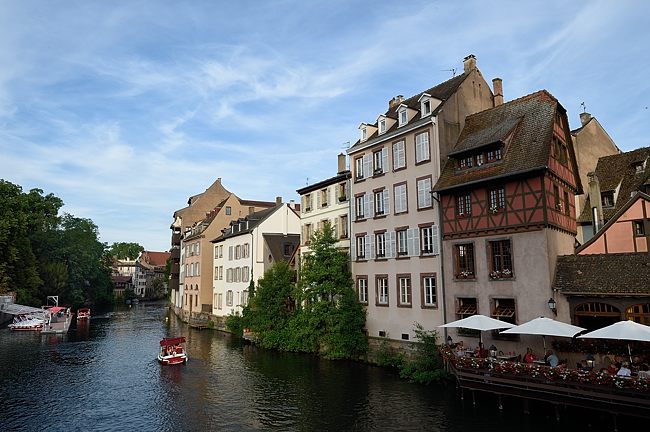
Handily, promptly, and comfortably. I remember window views, clean cars, comfortable seats and only one ten minute delay. And the one TGV I rode was as zippy as Spain’s 300 km/h AVE trains. Bravo, France!
FRANCE INTERCITY RAIL TRAVEL: THE BAD
For this traveler, unquestionably:
- The ticket vending machines.
- The ticket vending machines.
- The ticket vending machines.
(Please note that this gripe applies only to intercity rail. I had no trouble paying for local, in-town transit in Nice, Lyon, Tours, Bayonne and Strasbourg.)

The visitor to a France rail station may find separate vending machines hawking TER (Transport express régional) tickets for regional trains, and ‘Billets Grandes Lignes’ for TGV and other rides long-distance. The TER machines are dark blue obelisks. Me thinks that the ‘Billets Grandes Lignes’ machines are usually white. Both brought misery.
In Nice in April, I did successfully buy (coax? cajole? wheedle?) tickets out of a station TER machine without muttering incantations or flogging the machine with my camera bag. I now wonder if I might better have failed, as that one success induced false confidence. I never succeeded again.
In late May, I arrived at Gare Montparnasse in Paris forty minutes before my 14:23 train to Le Mans, where I would transfer to another train to the Loire Valley. Gare Montparnasse is huge and potentially intimidating, but I quickly saw screens that matched departing trains to platform numbers, and spotted several ‘Billets Grandes Lignes’ vending machines. Easy! A cakewalk! I’d buy my ticket, have time for a slug of gin a healthful green tea in the adjacent mall.
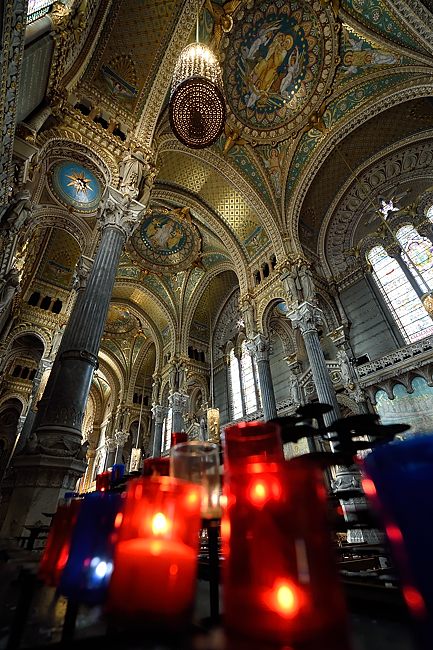
I didn’t get my tea, and didn’t make the 14:23 either. The first vending machine was a brick, completely out of commission. The second hung after two screens. The third hung after asking for my credit card. I surveyed the station, found a staffed, talk-to-a-real-human SNCF ticket office … and noted that the line to enter this office was fifteen to twenty-five deep. Others must also have struggled with the machines; why else would so many join such an intimidating queue?
The line moved briskly (although not briskly enough to put me on the 14:23). I spoke to a polite, English-fluent staffer, who tapped my request into an inside-the-office machine resembling the dysfunctional trio that had just let me down in the main hall. And she couldn’t get the furshlugginer thing to work, either! It printed my my Paris-to-Le-Mans ticket, but choked before issuing the return ticket. She had to enter an employee code in a separate machine to convince it to print the other billet.
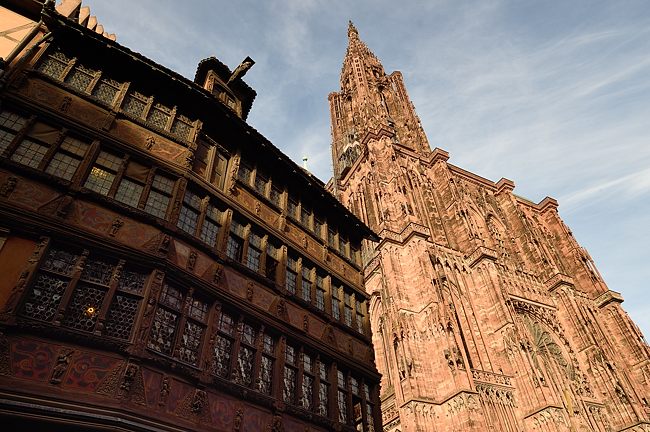
Off to Le Mans on a TGV went I, an hour later than expected. At Le Mans I bustled off the platform, as I knew I now had only a half hour to buy the regional TER ticket I’d need to continue to Tours in the Loire Valley. If I missed this train as well, I’d wait a full two hours for the next one.
I found a TER machine!
The control to change languages didn’t work. French only.
I got to watch the Le Mans drizzle for much of the next two hours from the not-yet-listed-in-Michelin Crousty Land diner next to the station. I also had time — plenty of time — to confer with a gentlemanly agent in the station’s SNCF office, who sold me the tickets I’d need for the rest of my Loire Valley trip.
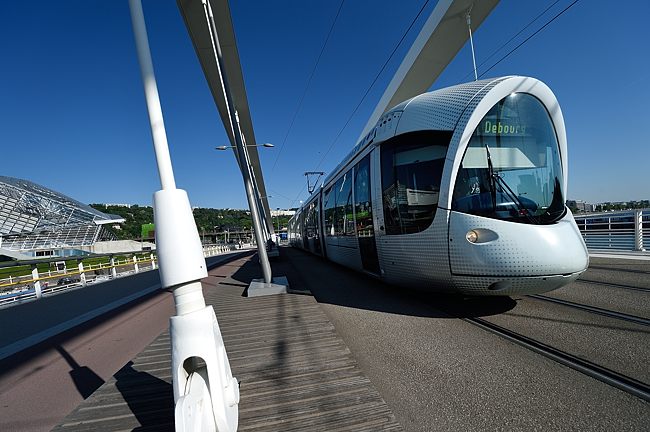
The SNCF vending machines can’t be as consistently awful as my experiences suggest. (Although I talked to another tourist who had been wronged by them.) While waiting for my Strasbourg train at Gare Nancy, I watched enviously as two travelers successfully bought tickets out of a TER obelisk. But I’ll never again draft an itinerary that depends on one. As something to lean against, maybe, or to rest a suitcase on, or as a makeshift tray for some tasty Crousty Land fries. To buy tickets from? No.
IS THERE A BETTER WAY?
Thankfully, yes. You can buy France intercity rail tickets online in advance at sncf-connect.com (SNCF’s official site), print out the tickets or carry them on your smartphone on trip day.
“But then I have to know exactly which regional TER train I’m going to board on every day of my France vacation!” you protest. “If I want to travel earlier or later, I’m stuck!”
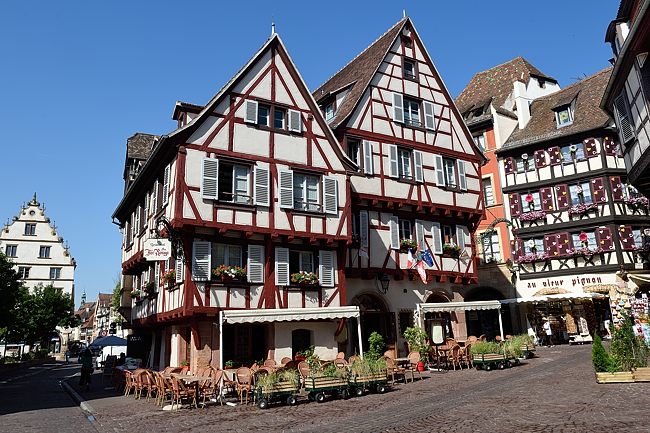
For TER trains, not so!
A TER ticket can be used for any TER train on the selected route and designated day of travel. Let’s say you want to ride from Nantes to Angers on August 10. TERs depart at 8:21, 9:13, 9:44, 11:13, 11:48, 12:15, earlier, later. You’re not sure when you’ll have breakfast that day or when you’ll get to the station.
Doesn’t matter: the TER ticket you buy for August 10 can be used on any Nantes-to-Angers TER train on that date.
With two gotchas:
(♦) It’s gotta be a TER. TGVs also zip from Nantes to Angers on August 10. You can ride one, but will need an assigned seat on a specific train.
(♦) When buying online, recognize the catch in buying a lower cost TER Petits Prix ticket. These are offered in off-peak hours, and are good only for the designated time slot.
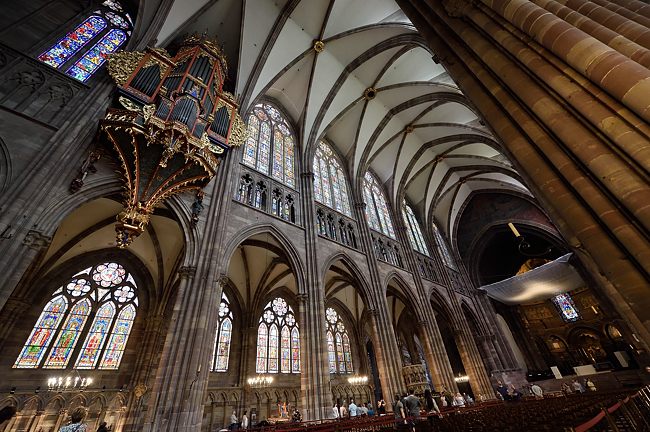
Seat61 notes potential problems when buying from sncf-connect, and suggests a few user-friendlier alternatives with add-on booking fees. (Raileurope.com, for instance, and thetrainline.com) I wasn’t nuts about the sncf-connect interface, but had no problem getting tickets through it with a U.S. credit card.
SNCF wants purchased-at-the-station TER tickets to be validated in little yellow thingamajigs on or near the platforms. Don’t worry about trying to validate the tickets you buy through sncf-connect.com They can’t be validated this way, and don’t have to be. On-the-train fare agents smiled unreservedly while scanning my ticket QR codes.
A FRANCE INTERCITY TRANSIT RIDER’S STRATEGY
(♦) Research intercity France trains and potential itineraries at the excellent sncf.com/en.
(♦) When you know what tickets you want, buy ’em at sncf-connect.com. You may have to fiddle with search parameters to persuade sncf-connect.com to sell the desired tickets, but should be successful. I always was.
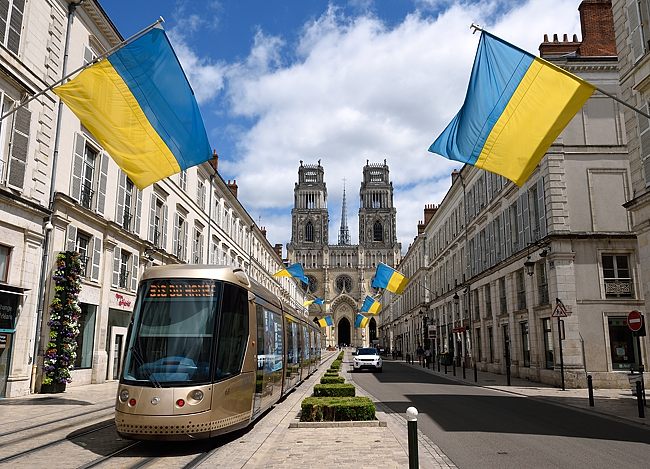
(♦) Print out the tickets, or keep them on your smartphone, or both.
(♦) If there’s a ticket or route in your itinerary that you’re unsure of, allow extra time to consult with a flesh-and-blood SNCF staffer at a station SNCF office.
HOW ABOUT LOCAL TRANSIT?
(♦) Lyon has an impressive transit grid for a city of a half-million, with metro, funicular, tram and ligne de bus majeure bus transit arteries, a la Los Angeles’ Rapid Bus and the unfondly-remembered 14 in San Francisco. I didn’t regret choosing a hotel served only by a bus majeure route.
As for Lyon’s two funiculars: they are the oldest such lines on Planet Earth, and emphatically not tourist toys; I wouldn’t enjoy climbing the Fourvière hill without them.
(♦) Bayonne/Biarritz in the French Basque Country has a snazzy all-electric articulated bus unlike any seen in previous travels. While waiting to board at the Biarritz terminus, I watched as a sturdy metal lever rose from the bus roof to connect to a charger for a quick battery top-up. Keen-o!
(♦) The kindest praise I can offer to the jammed OrlyBus shuttle from Paris-Orly Airport is that it offers privileged Parisians a glimpse of life in less fortunate countries. Eager for a taste of the day-to-day in Kyiv or Bucharest? Ride OrlyBus. Further, one of two airport vending machines was out-of-order, and the line to buy OrlyBus tickets from the single remaining machine was so long that many passengers had to wait for the next ride.
(I was much more favorably impressed while riding RER and Orlyval to this airport in 2014.)
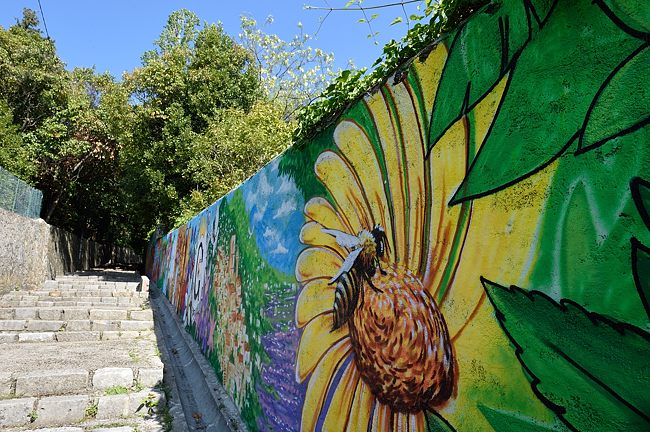
(♦) I liked the trams I rode in Nice, Tours and Strasbourg, and have posted separate accounts of my bus trips to Èze Village and Château de Chambord. And though I stretch to relate it to transit, I was smitten by the hidden pedestrian path (Traverse de la Gare) that snakes through the hills to connect Grasse with its train station.
AND THE DESTINATIONS?
(♦) New Orleans’ Big Easy nickname has unrelated roots, but I couldn’t help thinking of this moniker while strolling the beautiful Nice waterfront. Much of the city is postcard-pretty, and temperatures are agreeable year-round. If you can’t make life work in Nice, well …
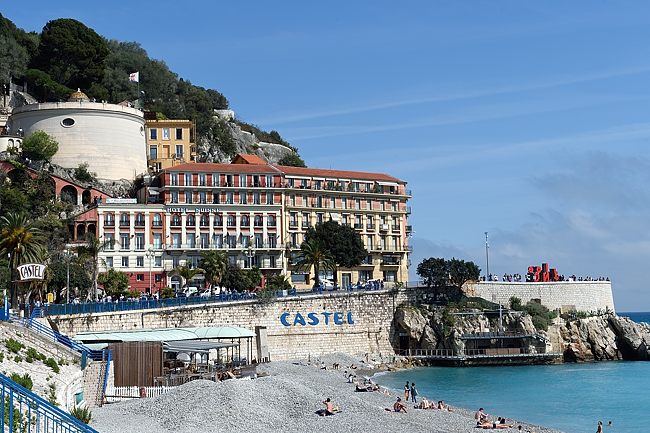
Like Florence in Italy, Nice is also jammed with American tourists.
(♦) Before this year’s trips, I had judged Prague to be the most beautiful city I’d seen in Europe. Now it’s a toss-up between Prague and Strasbourg. And a DNA test says that my maternal grandfather’s relatives came from this part of the world, so I wondered while roaming the rues and quays if a great-great-great someone-or-other had trod the same stones way-back-when.
(♦) I had time and was curious, so wound up walking (!) across the France/Spain border from the Hendaye train station to San Sebastián EAS airport to catch my shuttle flight back to Madrid. This mis-named airport is actually in Irun, on the shore of the Txingudi bay dividing the countries.
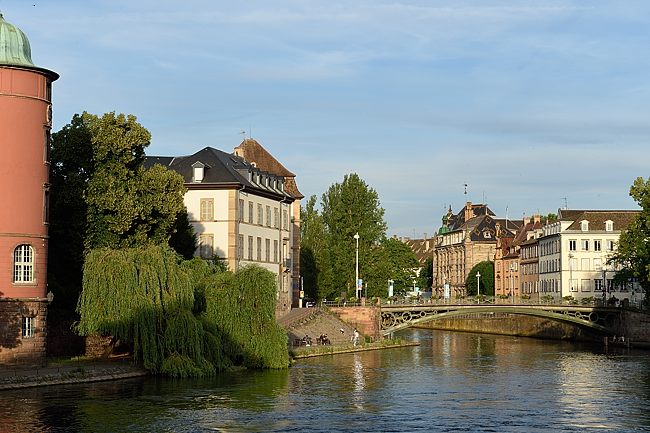
The distance between Gare Hendaye and the airport, as the crow flies: maybe ten soccer fields. (Although the walk took a full hour, and was not entirely pedestrian safe, despite misleading route counsel from Google.) And yet all the chat I overheard at Gare Hendaye was in French, and all the yak I overheard while hiking through Irun was in Spanish. A relatively firm language border, unlike impressions formed while visiting Riga and Kyiv in 2019.
(A digression: why doesn’t Spain’s famously powerful construction lobby advocate for a short pedestrian tunnel connecting EAS and Gare Hendaye under Txingudi? Wouldn’t that make for a sensible collaboration between the world’s top two tourist destination countries? Ride a shuttle plane to EAS, jump on a TGV train direct to Paris. Or ride the TGV to Hendaye, board a shuttle flight to Madrid.)
A CONSOLATION FOR AMERICANS
The Spaniards I know are likelier to think of your current U.S. of A. home base as ‘exotic’ than any of the places I visited in France.
It’s a matter of proximity. If I can get to Paris in two hours, then so can any other adult in Madrid with plane fare. I regularly overhear French on Madrid streets, know Spaniards who worked long-term in Paris, another who spent childhood summers in France. Spain and France are neighbors.
For a really exotic destination, by European norms: the Grand Canyon! Or Carlsbad Caverns, or Palm Springs, or the Golden Gate bridge, or another American landmark that’s relatively easy for a Yankee to visit, but fantastically far away to a tourist in the Old World. “Exotic” depends on the narrator’s geographic coordinates.
For full-size versions of most of the images above, and other shots, please visit the photo directory.
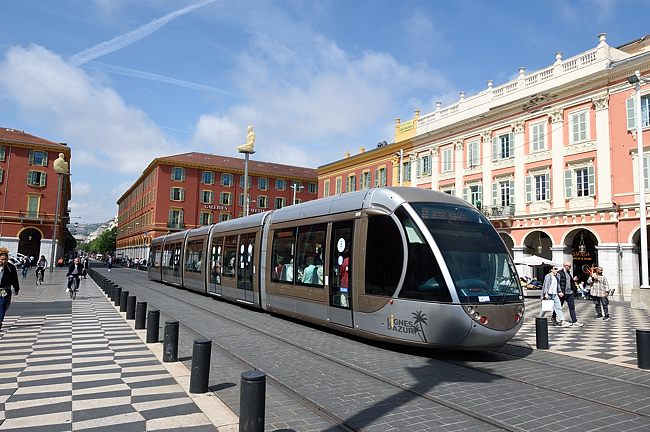
“Your blog, Mechanicking Memories, offers such a unique and engaging perspective on travel! I love how you beautifully weave personal experiences with insightful observations. Your posts truly inspire wanderlust and remind us of the joy in every journey. I deeply appreciate your storytelling. Looking forward to reading more of your adventures!”